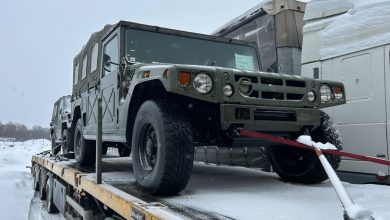US Army Takes Delivery of First X10D Drones From Skydio

Skydio has fulfilled the first order of its X10D small unmanned aerial systems for the US Army as part of its quadcopter replacement program.
The Short Range Reconnaissance Tranche 2 initiative, signed in 2021, will transition the military from its aging RQ-28A rotary-wing survey drones to a more modern fleet by 2026.
Once fielded, the new X10D systems will cover intelligence, surveillance, and reconnaissance tasks to optimize warfighters’ “operational effectiveness and situational awareness in contested environments.”
The California-based company facilitated the first X10D prototype tests for the RQ-28A replacement effort in 2023.
A year later, the army announced the drone’s selection for the program’s final stage.
Producing ‘War-Winning’ Asset
Skydio highlighted that the X10D and its other drone offerings are manufactured at its facility in Hayward, California.
The firm has supplied its systems to the US armed forces and its allies across 25 countries.
Skydio delivered its 55,000th drone last month, bolstering the company’s investment in production and making the X10D’s assembly time just nine minutes.

“When the Army contracted Skydio to fill this urgent need, we shipped systems within 5 days, ensuring soldiers had this critical equipment before their deployment,” Skydio CEO and Co-Founder Adam Bry stated.
“By investing in our production capacity, we can accelerate delivery of war-winning capabilities, making America’s enemies think twice before challenging the world’s most capable fighting force.”
The X10D System
Skydio’s X10D is built according to the US Department of Defense’s unmanned aerial system standards.
It consists of a sensor package, including a 48 to 64 megapixel camera and a Teledyne FLIR thermal sensor, to enhance airborne observations for decision-making.
The drone is fitted with an onboard artificial intelligence and advanced autonomy technology to undertake missions across complex terrains with electronic warfare threats and fly even without conventional navigation methods.
Additionally, the platform is designed to support third-party attachments and controllers, and has a nearly all-weather protection rating to maintain operability across the evolving battlefield.
The X10D can take off in under 40 seconds of preparation and has a maximum flight speed of 45 miles (72 kilometers) per hour.





